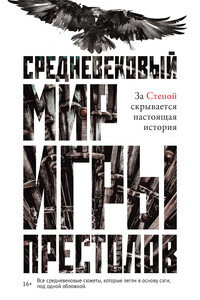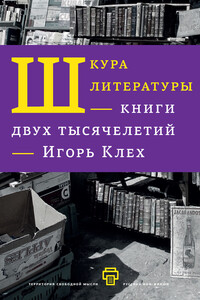40 лет Санкт-Петербургской типологической школе - страница 38
In general, it seems that Turkic tradition tends to regard verbs ending in r, / as disyllabic, and essentially underived (see e. g. [Xaritonov 1954: 167; Ščerbak 1987:129]).
For Buryat, Tsydendambayev [1958: 143] stresses that «in onomatopoeic words all endings… act as word-formation suffixes». For Nanaian, Kile [1973: 43] points out: «The interesting feature about the final endings of simple-stem iconic words is that they are as it were prototypes of word-formational suffixes. <…> In the word-formational suffixes — r-r, — ria-a, — riok and — riu-u we see the common element r, spawning all these variants».
In extensive RL adventures across world languages I came across a striking case of the R-formative in Karanga (Shona, a Bantu language). Its continuative verb forms take the suffix — ra/-ira/-era>, reduplicated — rara/-irira/-erera: pota «go (in a curve)» — potera «go round» — poter-era «go round and round». The Karanga verb also has a «destructive», or «undoing» form in — ura, — urura: futa «swell» — futura «stretch out», pfura «knock, kick» — pfururura «knock out, scatter». V. Mathesius [1931: 427,432] was of the opinion that intensity may be expressed not only in the force of the action within a given period but also in the duration of the action, whether interrupted or uninterrupted. I would add here this snippet from Marconnes, with his telling examples: «Like the Destructive… the Projective (i. e. Continuative. — S. V.) — aira is intensive, and denotes a very long duration…» (Cf.)pfunda «make a knot» — pfundaira «knit one's brow, frown» — pfundarara «puff out one's cheeks» [Marconnès 1931:198]. The Karanga R-formative — not just the root — thus adopts various guises to suit iconic variation.
Jespersen [1928: 28] paid attention to the extremely important nature of the difference between monosyllabic iconic words, which express single sounds and movements, and disyllabic iconic words, denoting continuous sounds and movements; the latter are very often formed with suffixes — er and — le, employed thus in a multitude of languages, even outside the Aryan world. A similar observation was made, for Yakut, by Xaritonov [1954: 167]: «… in monosyllabic onomatopoeic roots, their very monosyllabism is a form of expression for momentary sounds. <…> Quantative complexity of sound, as well as its arrangement on the time scale, is rendered by augmenting the root». Cf. [Gazov-Ginzberg 1965:159].
Gonda [1940: 20If], in analyzing Malay/Indonesian onomatopoeic and sound-symbolic words with the iterative infixes — er- and — el-, proposes comparison of the latter with English and Dutch formations in, respectively, — er, — le and — eren, — elen.
Ever cautious with regard to the idea of onomatopoeia and sound symbolism, Gonda nevertheless arrives at the conclusion that the Malay/Indonesian — er-, -el- infixes are not grammatical morphemes — they are concomitant to imitating sound or movement, and their source (or at least one of their sources) may be a significant number of iconic words [ibid.].
In Sundanese, RL-formatives are an expression of the category of plurality — for verbs, adjectives, and sometimes nouns: dink «to sit (sg.)» — dariuk «to sit (pi.)», bodo «foolish (sg.)» — barodo «foolish (pi.)», budak «child» — barudak «children».
As I showed earlier, mostly for English, r in the onomotapoeic root is always (no exceptions) iconic, fulfilling onomatopoeic function of rendering «pure dissonance» — vibrating, intermittent sound, i. e. a series of rapid pulses Voronin [1969:1, 394]. A special series of studies on Indonesian onomatopes [Voronin, Bratoes 1976; Bratoes 1976; Bratoes, Voronin 1980] demonstrated i. a. that the same is true for r in the Indonesian root: see the CandPhil by Bratoes [1976: 5] written under my supervision. Data Voronin [1982: 115–118] based i. a. on RL-verb semantics as given in Bratoes [1976], point to the fact that in more than one third of the instances the R-formative fulfils only the above-mentioned one function. E. g.



